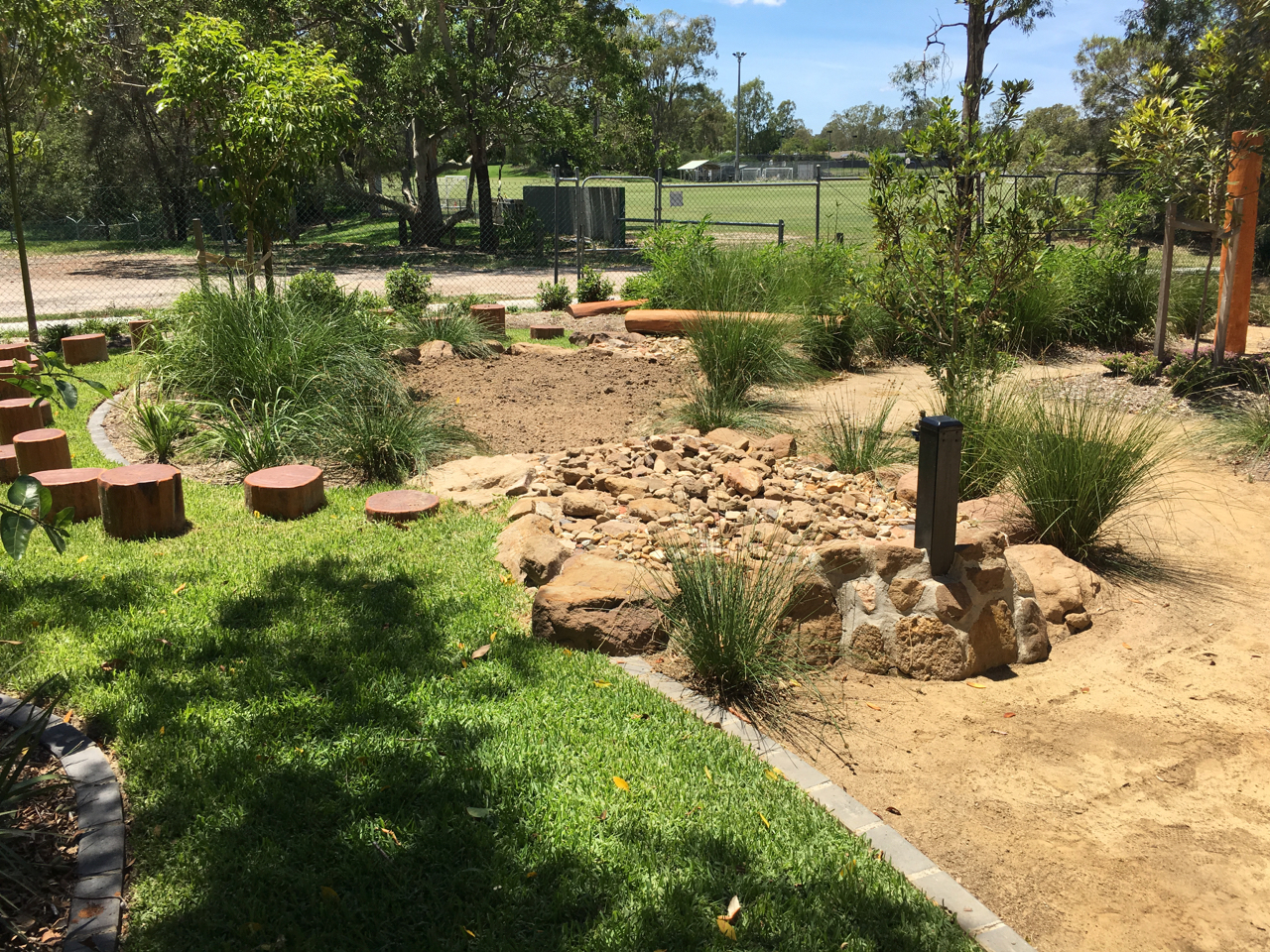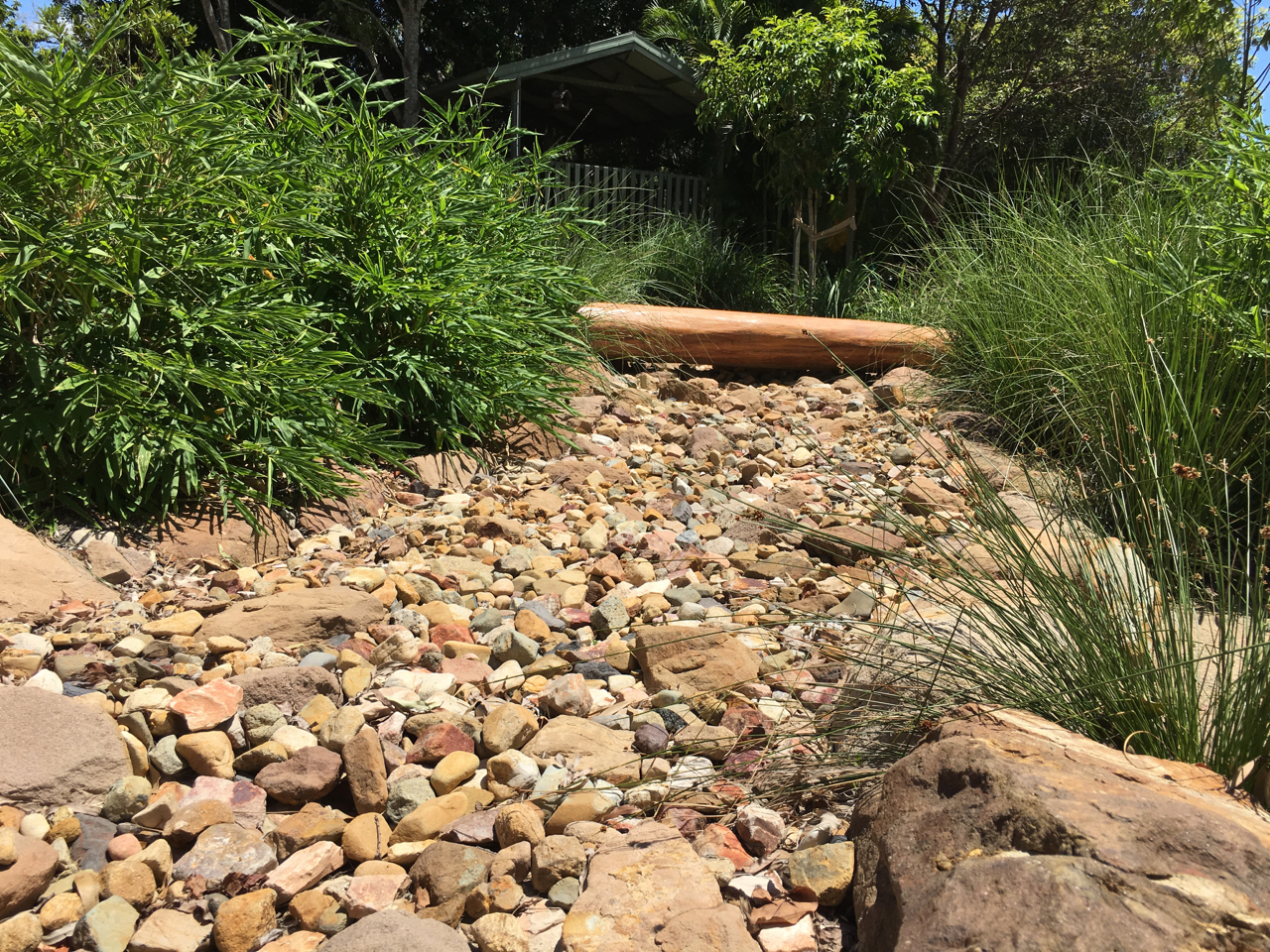The school holidays are nearly upon us and if you are like most parents, you are already dreading hearing “I’m bored!”
To save your sanity we thought we’d share some of our family-favourite Brisbane projects to bring you 10 boredom busting activities that are sure to be a hit with the kids these school holidays.
Please note that while we are still impacted by COVID-19 you may like to check the following locations to see what capacity they are operating in.
1. Frew Park Arena Play Structure, Milton
Photography: Scott Burrows Photographer
While the Arena Play Structure provides play experience for all age groups and abilities, it specifically targets players of 10 to 15 years. The play structure includes slides, climbing walls, swings, nets and ropes, hang-out spaces, and interactive spaces designed to fuel the imagination. It even features a Commentary Box, which is a steel-mesh box suspended eight metres above the ground, offering greater thrill to playground goers.
There is a reason why this multi-award-winning playground is a favourite of Brisbane kids and parents alike, the Arena Play Structure resembles no other playground around. Built on the grounds where the iconic Milton tennis stadium once stood, its theme ’deconstruction’ honours its history with contemporary play precincts that reflect stadium spaces.
2. Mary Cairncross Scenic Reserve Rainforest Discovery Centre, Maleny
Photography: Scott Burrow Photographer
The Mary Cairncross Scenic Reserve Rainforest Discovery Centre is an iconic conservation, education and tourism Centre located in the Sunshine Coast Hinterland with exceptional views of the Glass House Mountains. The Reserve is a living museum of the diverse plant life including a complex notophyll vine forest that once covered the Blackall Ranges
At the Rainforest Discovery Centre you can view the rainforest from above on the elevated Glider Gallery Boardwalk, learn more about the local flora and fauna through fun interpretive displays or take in the breathtaking view of the Glasshouse Mountains on the observation deck. You can grab a bite at the Mountain View Café or utilise the barbecues and picnic shelters near the playground.
3. Kings Beach, Caloundra
Photography : Scott Burrows Photographer
Looking for a day at the beach but wanting to avoid the busy beach areas of the Gold and Sunshine Coasts? Check out Kings Beach at Caloundra.
Take a walk along the beachfront boardwalk to explore the parkland, make a splash in the iconic Kings crown waterplay area, take a dip in the beachfront pool or enjoy a swim in the ocean.
There are also plenty of picnic and barbeque stations around the surrounding esplanade and grassed areas.
4. Queens Park Nature Centre, Ipswich
Photography: Guymer Bailey Landscape
The Queens Park Nature Centre offers a range of Australian wildlife exhibits that have been recreated to represent local bushland and habitats. Within the park you and the family will Get to see wombats, wallabies, emus, birds, and barnyard animals up close in beautifully landscaped gardens, all for a gold coin donation. Make a day of it by bringing a picnic and letting the kids have fun in the Queens Park playground across the road.
5. David Fleay Wildlife Park, Burleigh Heads
Photography: Scott Burrows Photographer
Located in Burleigh Heads on the Gold Coast, the David Fleay Wildlife Park is home to many native animals and birds including eagles, brolgas, jabiru, owls, and cassowaries, as well as kangaroos, koalas, crocodiles, snakes, lizards, platypus, and dingoes.
A key highlight is the Fleay’s in Flight show where you get to see the wing spans and speed of the park’s birds of prey.
6. Maroochy Arts and Ecology Centre, Maroochydore
Photography: Scott Burrow Photographer
The Maroochy Arts and Ecology Centre is in the Maroochy Regional Bushland Botanic Gardens and is a specialised arts and ecology interpretative centre that hosts activities and events, with a focus on exploring the relationship between art and nature.
The Centre showcases green initiatives by mixing both passive design and active systems to allow visitors to witness ecological sustainability in practice through efficient solar, air and water use.
It is also a great opportunity to explore the Botanic Gardens around the Centre, that have been designed based on the four elements of Earth, Air, Fire and Water, that shape and influence the natural landscapes of the Sunshine Coast.
7. Eumundi Markets, Eumundi
Photography: Guymer Bailey Landscape
World renowned, the Eumundi Markets are the biggest and best art and craft market in Australia. Open every Wednesday and Saturday, you will find beautifully handcrafted homewares, furniture, artworks, fashion, and jewellery as well as lots of fresh produce, baked goods, and gourmet delights.
8. California Lane, Fortitude Valley
Photography: Scott Burrows Photographer
California Lane is the newest Brisbane laneway precinct behind the popular Brunswick Street in Fortitude Valley, Brisbane. The laneway aptly incorporates retro elements from the nostalgic years of California with pastel walls, neon signs and tall palm trees leading you back in time to the 1960s, honouring the old California Café, once located at Carroll’s Corner in Brunswick Street.
The laneway features boutiques, cafés, and eateries, making it an ideal spot for a different dining experience. While you are there, be sure to check out Bakery and Winn Lanes as well.
9. Kingfisher Bay Resort and Hotel, Fraser Island
Photography: Kingfisher Bay Resort
This was our founding project way back in 1989 and it established the field of eco-tourism. Kingfisher Bay Resort and Hotel offers a unique holiday destination with villas, houses and the main hotel nestled into tree-covered dunes that overlook the Great Sandy Strait.
The Kingfisher Bay Resort and Hotel features four swimming pools, four restaurants, three bars, tennis courts and water sports, as well as a general store, gallery, and day spa.
10. The Local Aquatic Centre
Photography: Scott Burrow Photographer
If you’re lucky to find a warm day through the holidays why not take the kids to the local pool! We can personally vouch for the Clem Jones Aquatic Centre, Ferny Hills Aquatic Centre, Kings Beach Saltwater Pool and Maryborough Aquatic Centre, though let’s face it, on a warm Queensland day, any pool is a good pool.

























